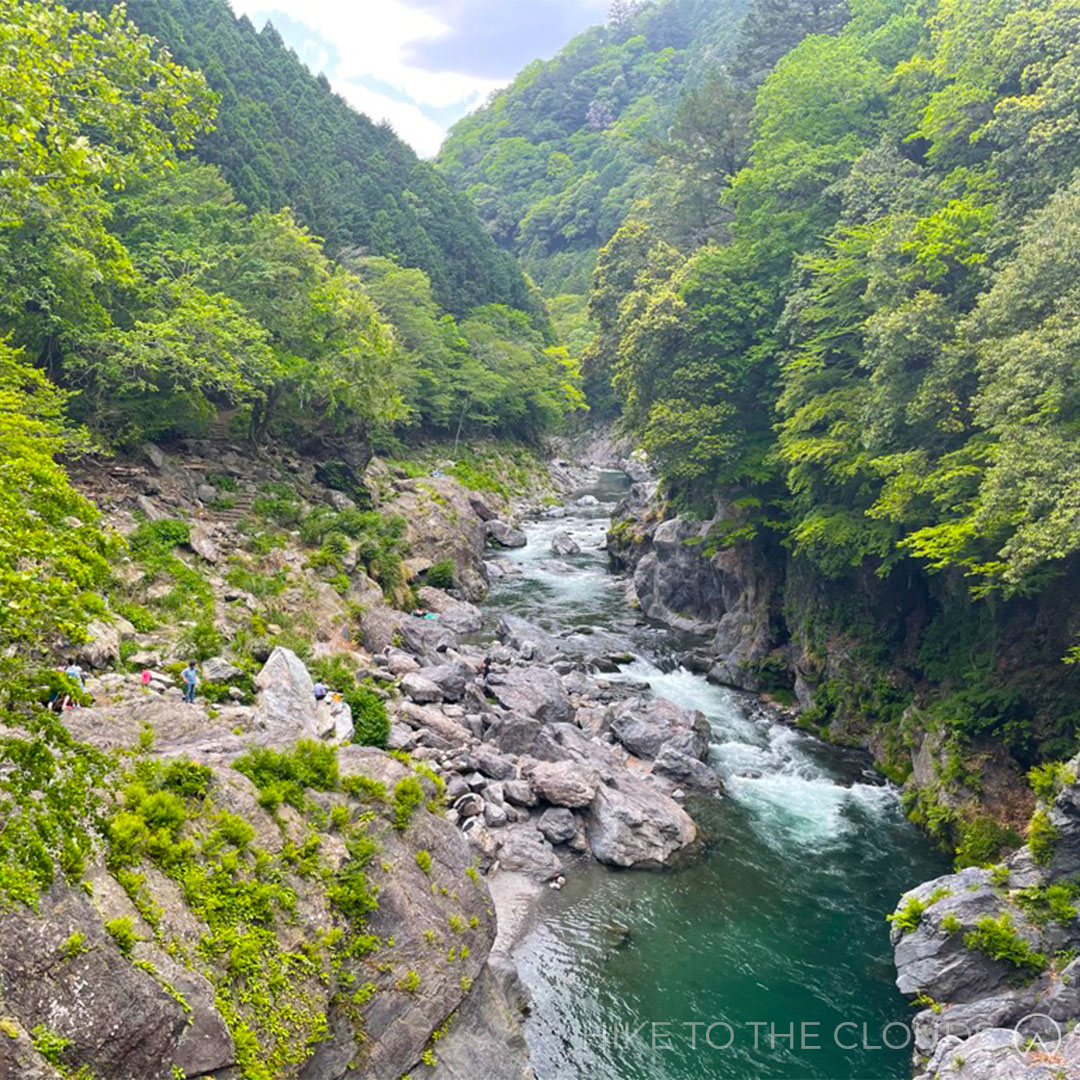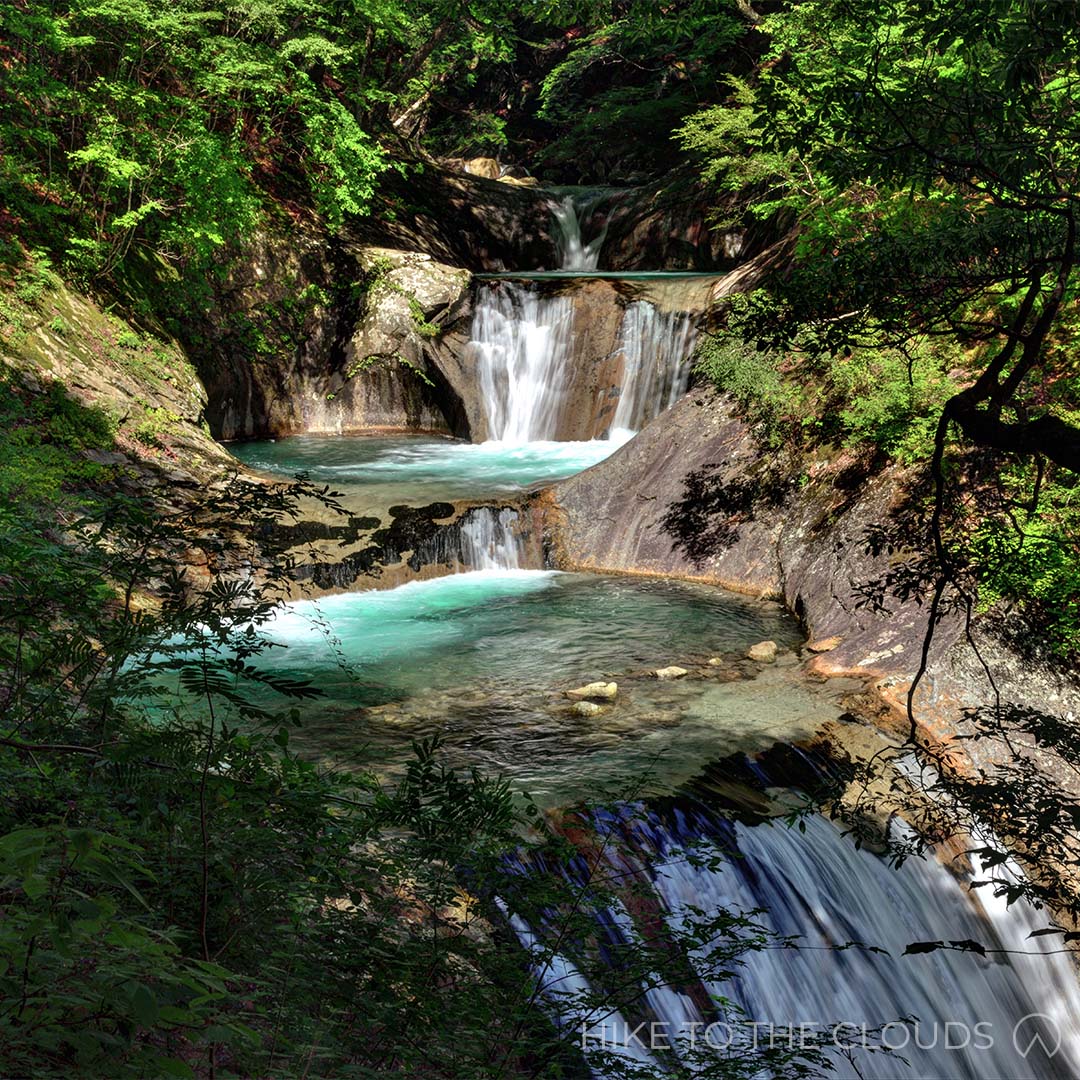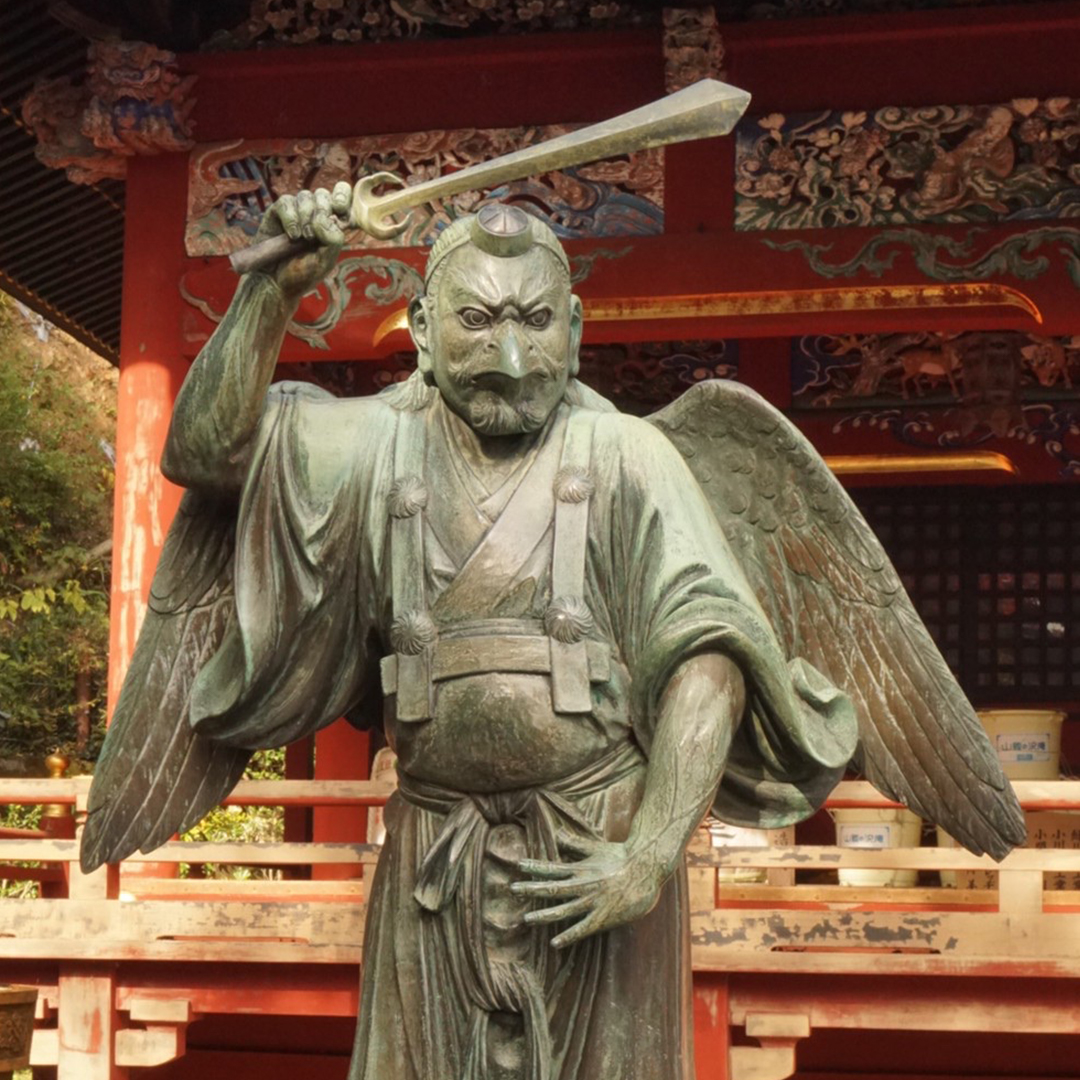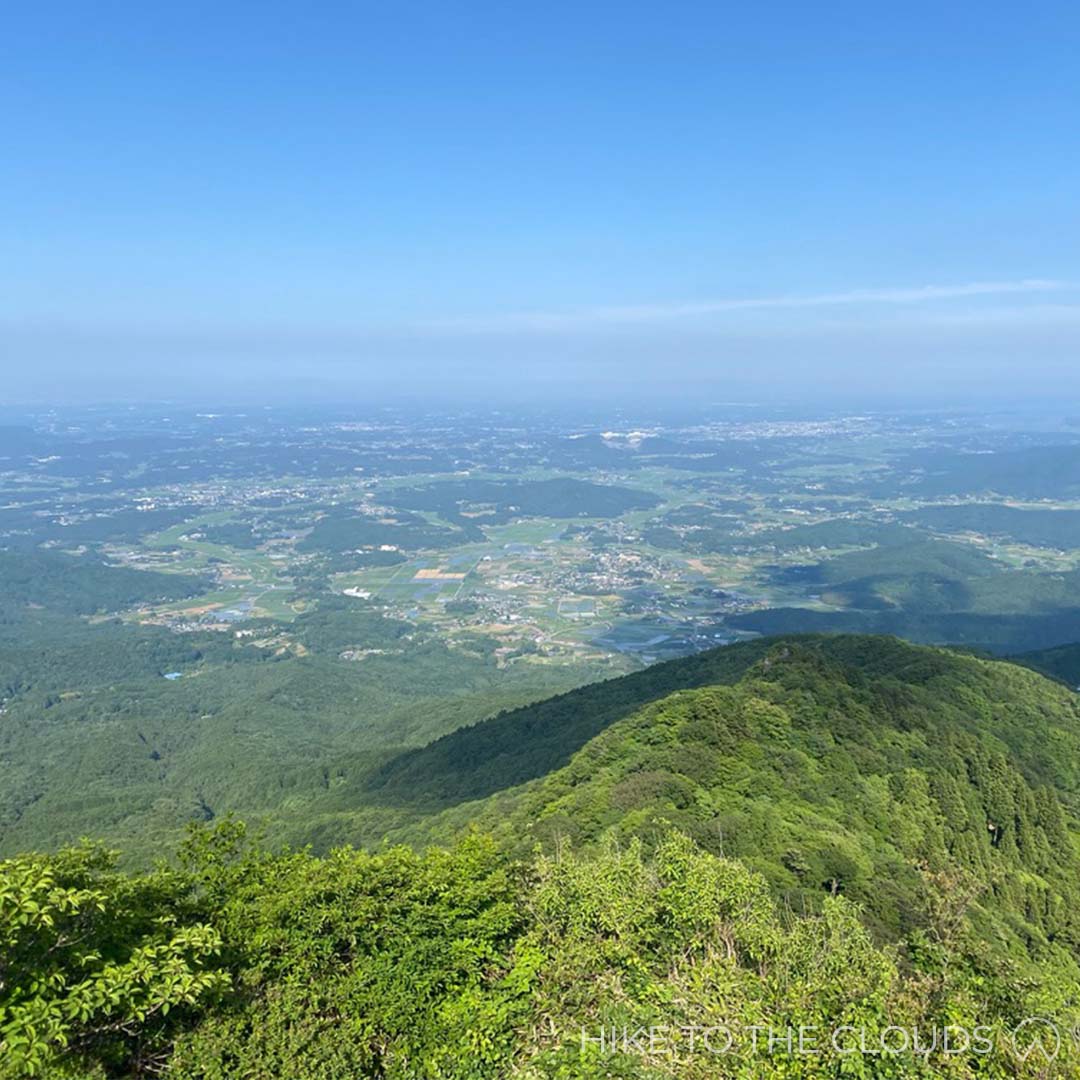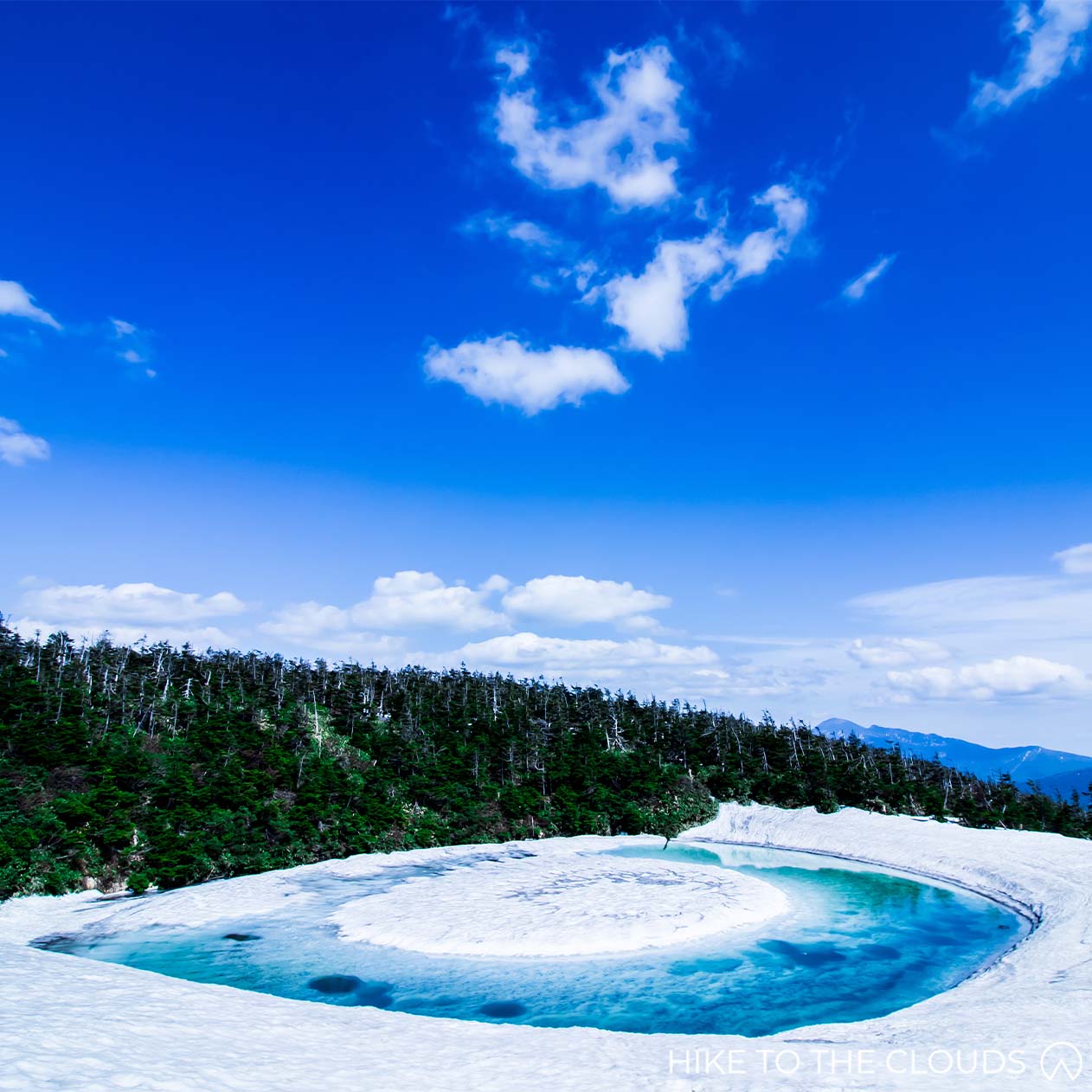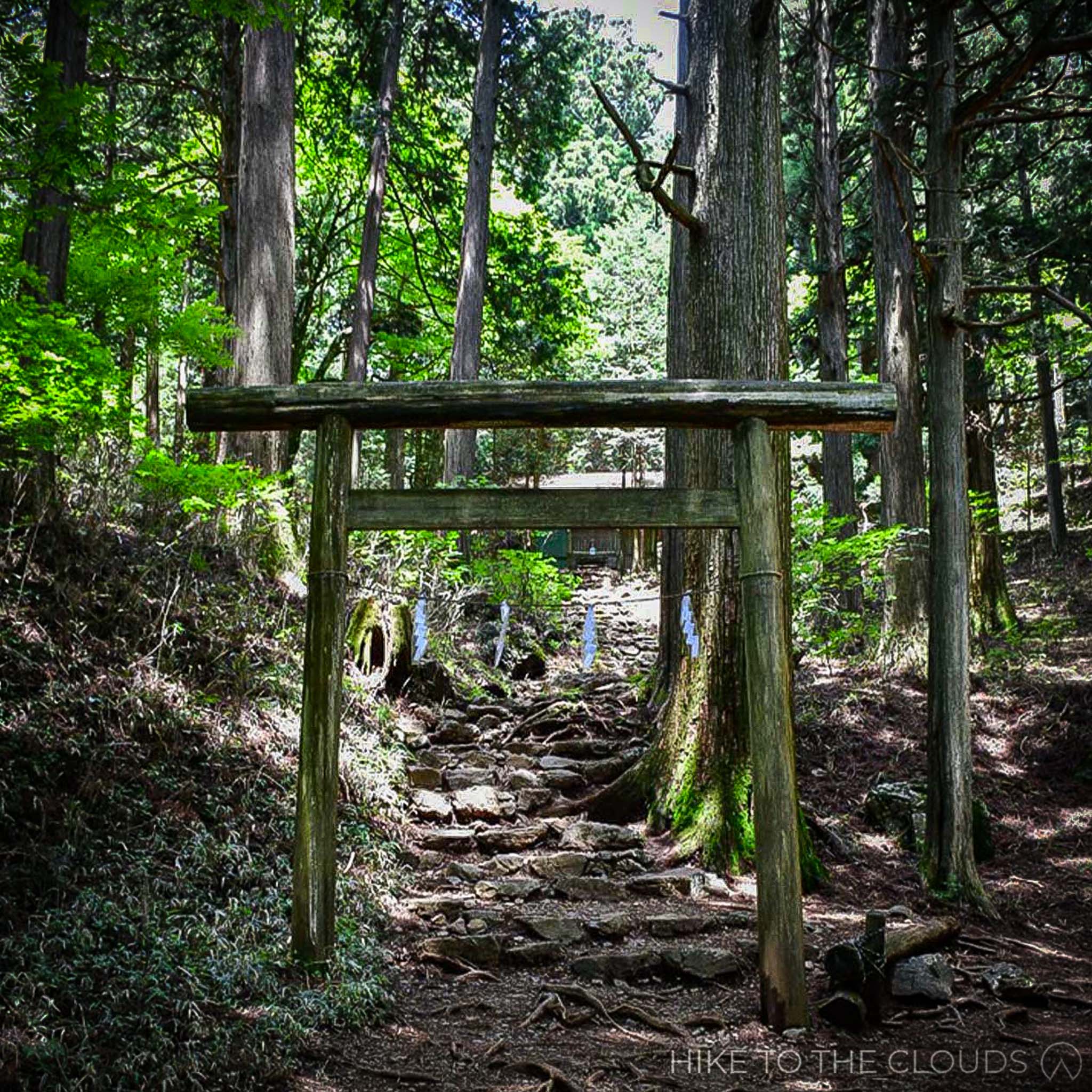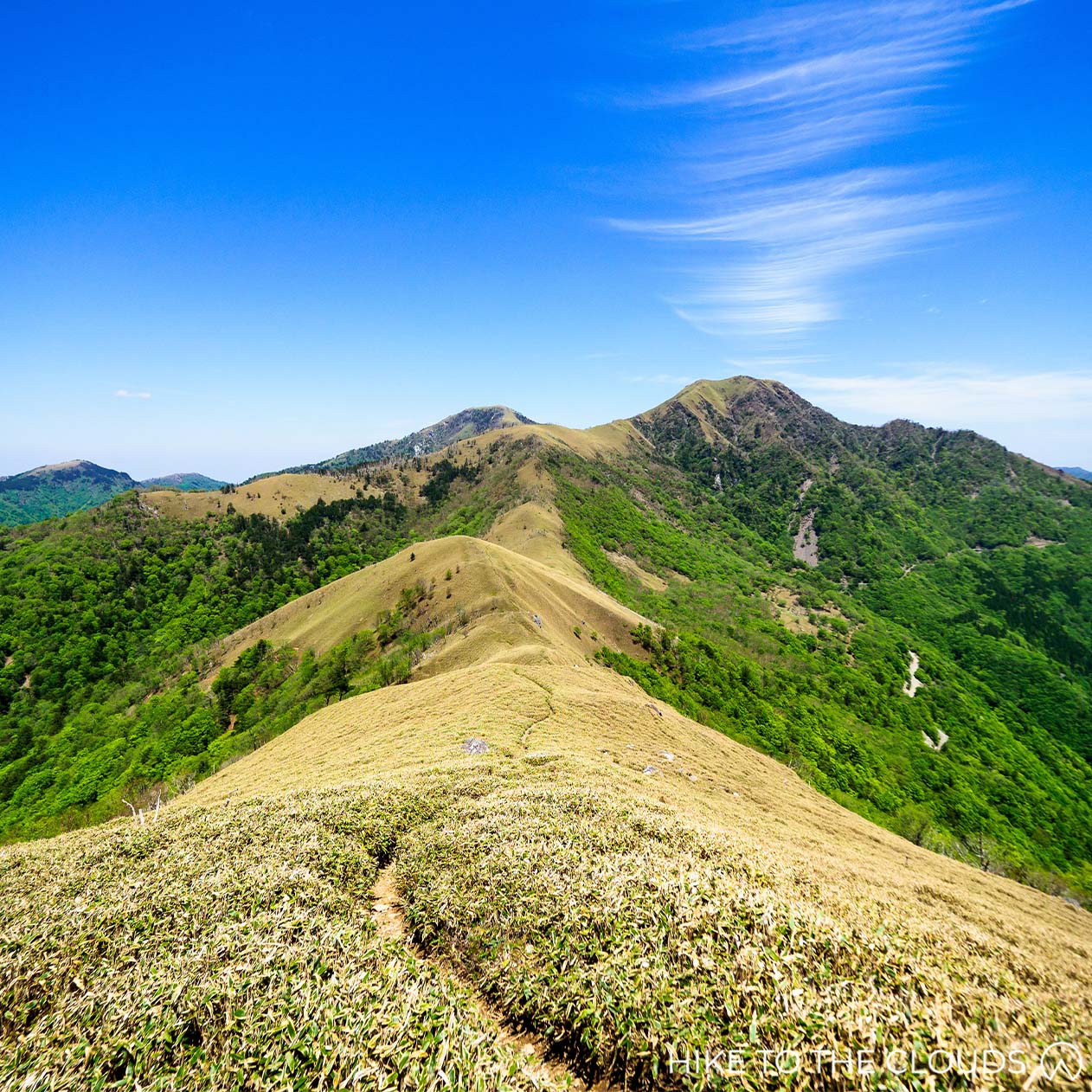Ougatou - Utsukushigahara (王ヶ頭, 美ヶ原)

- Area: Nagano
- Height: 2034m
- Yama to Kogen Map: No.33 八ヶ岳 Yatsugatake / Utsukushigahara
Despite its height of 2034m, this mammoth mountain is great for hikers who are just starting out. Ougatou is pretty in the Summer when you can see lots of cows grazing in the area, but also fun in the winter. If you want to try out snowshoeing for the first time, the flat expanses make this a fantastic place to practice.
Read more about the 5 easiest top 100 百名山 mountains here百名山
Train and Taxi: The nearest train station is Matsumoto Station on the JR Chuo Line. For those staying at Ougatou Hotel, there is a free shuttle bus from the Matsumoto Station. If you aren't staying at the hotel, a taxi from the station to Utsukushigahara Car Park will cost around 1万 yen. On the way back, Alpico Buses run from Utsukushigahara Art Museum to Matsumoto Station. The ride takes 1h 40m.
Train and Bus: Alternatively, go in the oposite direction taking a bus from Matsumoto Station to Utsukushigahara Open-Air Museum.
Car: Leave the highway at the Matsumoto interchange in Summer or Winter seasons. In warmer seasons the Mountain is also accessible via the Okaya Interchange.
Helpful phone numbers
Matsumoto Taxi: 0263-331-141
Matsumoto City Tourist Information: 0263-322-814
Helpful Websites
Alpico Bus Utsukushigahara Plateau Guide (English Website)
- Time: 2h 15 (roughly 4h round trip)
- Elevation Change: 220m
The hiking route is pretty flat, starting at the Utsukushigahara Kogen Car Park and ending at the Utsukushigahara Open-Air Museum. If you have come by car, you may need to return the way you came, making your hike just over 4 hours. You could shorten the walk by turning back once you reach Utsukushigahara No Tou (美ヶ原の塔).
Utsukushigahara Kogen Car Park ~ (30m) ~ Ougahana (王ヶ鼻) ~ (30m) ~ Ougatou (王ヶ頭) ~ (30m) ~ Shio Kure Place (塩クレ場) ~ (10m) ~ Utsukushi no Tou (美しの塔) ~ (15m) ~ Yamamoto hut (山本小屋ふる里館) ~ (20m) ~ Utsukushigahara Open-Air Art Museum (美ヶ原美術館)
Toilets / Hotel / Open-air Museum
Toilets: There are toilets in the carparks.
Hotel: Ougatou Hotel sits at the summit. The perfect place for watching the sunrise and sunset on the mountain in comfort.
Ougatou Hotel Webiste (English)Open-Air Museum: Combining art and nature the Utsukushigahara Open-Air Museum has more than 350 sculptures. Situated on a 2,000-meter-high plateau, there are 360 views of the surroundin Japan Alps.
Utsukushigahara Open-Air Museum (English Website)Utsukushigahara Kogen Tourism Website (Japanese)
Yamato Goya Furusatokan Website (Japanese)
Mount Hodo 宝登山

- Area: Chichibu (秩父)
- Height: 497m
- Yama to Kogen Map: No.22 奥武蔵・秩父
Famous for its seasonal blossoms, this baby mountain is a great day trip for all the family, including pets. The well maintained, short trail, makes this a fantastic mountain for beginners. For those who want to take it easy, take the cute yellow ropeway up to the mountain peak, where you can admire a view of the Chichibu Basin while eating one of their famous miso potato sticks.
Hodo is accessible via train, or by car.
By Train: The nearest station is Nagatoro Station (長瀞駅) on the Chichibu Main Line (秩父鉄道).
For easiest route, take the JR Shonanshinjyuku Line (湘南新宿ライン) to Kumagaya (熊谷駅) then change to the Chichibu Main Line (秩父鉄道). It takes about 2.5 hours from Shinjuku Station.
Once you have arrived at Nagatoro Station you can take the free shuttle bus to Hodo Ropeway. The bus departs every 15~30 minutes.
By Car: There are 2 large car parks close to the Ropeway Entrance, as well as one carpark next to Hodo Shrine.
Parking costs ¥500 for the day
If you don't mind walking a bit further, there are small carparks in the town. They are around ¥200 for the day.
Tip for those with young children: If you have very little ones who can't walk very far, we recommend taking the free shuttle bus from the station to the ropeway. While it doesn't seem very far for adults, some parents have commented that it was a difficult walk with their little ones.
Hiking Mount Hodo is an easy 40 minute stroll (uphill). There are plenty of benches and stopping points on the way for those who decide to hike with their children.
The path is well maintained, with clear signs. So it's pretty impossible to get lost. We recommend wearing a sturdy pair of sports shoes (or hiking boots) as the paths are covered with rough gravel and rocks.
There is a very small section with steps close to the summit. If you would prefer not to use stairs, take the path to the right, towards the petting zoo. If you follow the path up past the petting zoo, you will arrive at the top ropeway station.
Rope Way / Toilets / Restaurants / Picnic area
Rope Way Fares
Over 12 years: ¥480 (one way), ¥820 (round trip)
Children 6~12 years: ¥240 (one way), ¥410 (round trip)
Five years and under go free
Pets are welcome but must have a ticket
Discounts are available to those with a disability handbook
Official Ropeway Website (Japanese)